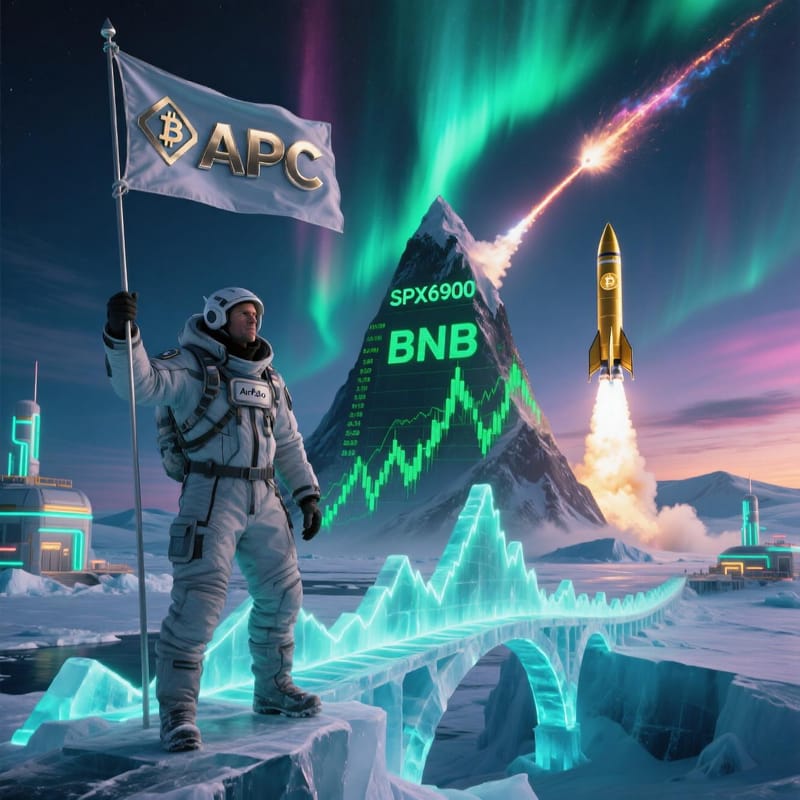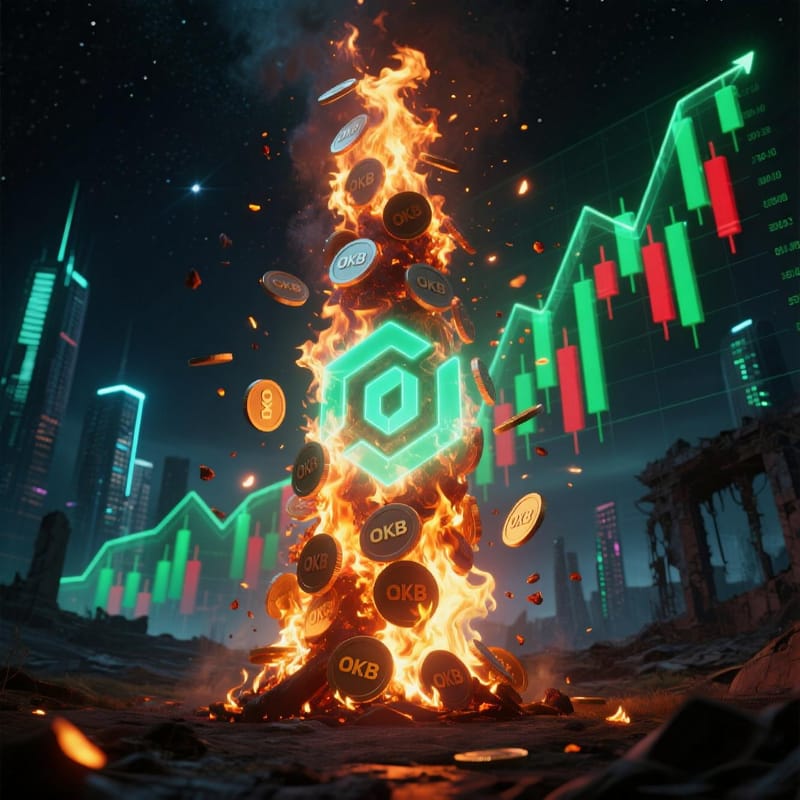SOL Hits $205 Amid Hopes of $250 – But Is the Rally Built to Last?
Solana’s surge to $205 has traders dreaming of $250, but on-chain data reveals a split personality: booming network activity clashes with fading DEX volumes and lukewarm futures sentiment. Can SOL sustain momentum without broader market conviction?

The $250 Dream: Fueling the Solana Rally
Solana (SOL) is back in the spotlight, climbing 18% in under 48 hours to briefly touch $205—its highest level in six months. The move has reignited bullish chatter across trading desks and Telegram groups, with many eyeing a bold $250 target. That would mark a 22% jump from current levels and push SOL’s market cap close to BNB’s $117 billion—raising whispers of a potential “flippening” in the exchange-versus-platform valuation race.
But as optimism builds, the data tells a more nuanced story. While network fundamentals are heating up, trader behavior and decentralized exchange activity suggest caution. The rally may be real—but it’s not yet backed by overwhelming conviction.
On-Chain Strength: Solana’s Engine Is Running
Beneath the price action, Solana’s core network is performing like a well-oiled machine. Over the past 30 days, transaction volume has surged 48%, outpacing nearly every major blockchain. Meanwhile, BNB Chain saw a 41% decline in the same period, according to analytics firm Nansen—highlighting a dramatic shift in on-chain momentum.
Network fees, a key revenue stream for validators and a proxy for demand, have also climbed 43%, proving that usage isn’t just speculative—it’s generating real economic value. Whether it’s NFT mints, meme coin launches, or DeFi swaps, users are actively engaging with Solana’s fast, low-cost infrastructure.
This kind of organic growth is exactly what bulls want to see: price appreciation anchored in utility, not just hype.
Futures Market: Bulls Holding Back on Leverage
Yet, when we shift to derivatives, the enthusiasm cools. The annualized funding rate for SOL perpetual futures sits at just 12%—the psychological threshold between neutral and bullish sentiment. Rates above this level typically signal aggressive long positioning and FOMO-driven leverage. At 12%, traders are participating—but not rushing in.
This hesitation is understandable. The last time SOL briefly breached $200 in July, it collapsed within 24 hours. Traders remember the pain and are wary of overcommitting. Unlike past rallies fueled by speculative blow-offs, this move lacks the froth—suggesting a more sustainable, if slower, climb.
Still, the absence of excessive leverage means there’s room for upside if sentiment turns decisively bullish. A sustained break above $210 could trigger a wave of long entries, especially if macro conditions improve.
DEX Volumes Tell a Different Story
Here’s where the plot thickens: while on-chain transactions rise, decentralized exchange (DEX) volumes on Solana are declining. For the third week in a row, DEX trading has cooled, dropping to $20.6 billion weekly—down from peaks above $30 billion during the meme coin frenzy of early 2024.
Over the past month, Solana’s total DEX volume ($113.7B) narrowly trailed Ethereum’s ($116.2B)—and that doesn’t even include Ethereum’s layer-2 ecosystems, which added another $91.7 billion in volume. For a chain that prides itself on speed and scalability, this stagnation in trading activity is a red flag.
Lower DEX volume means less fee generation for liquidity providers and weaker organic demand for SOL. It suggests that much of the recent price action may be driven by centralized market makers or spot buying—not sustained DeFi engagement.
Staking ETFs and the SEC Wildcard
One bright spot: institutional interest is growing. The REX-Osprey Solana Staking ETF, launched in July, has already amassed $161 million in assets under management. While dwarfed by Ethereum’s staking ETFs—which have pulled in $2.33 billion in net inflows since August—this signals growing appetite for regulated Solana exposure.
However, a major roadblock remains: the SEC has yet to approve a spot Solana ETF. Unlike Bitcoin and Ethereum, where ETFs have become liquidity magnets, Solana lacks this institutional on-ramp. Approval could unlock a flood of traditional capital—but until then, growth depends on retail momentum and crypto-native investors.
The Bottom Line: Momentum vs. Mania
Solana is in a rare position: its network is thriving, its price is rising, but trader enthusiasm remains cautious. That’s not a contradiction—it might be a strength.
A rally built on real usage, restrained leverage, and gradual accumulation is less likely to collapse under its own weight. But to reach $250 and beyond, SOL will need more than just tech fundamentals. It needs a catalyst—whether that’s a surge in DeFi activity, a major ecosystem announcement, or regulatory clarity.
For now, the path forward is wide open—but the market isn’t convinced yet. The dream of $250 is alive. The question is whether it will be led by fundamentals, or still needs a spark.





